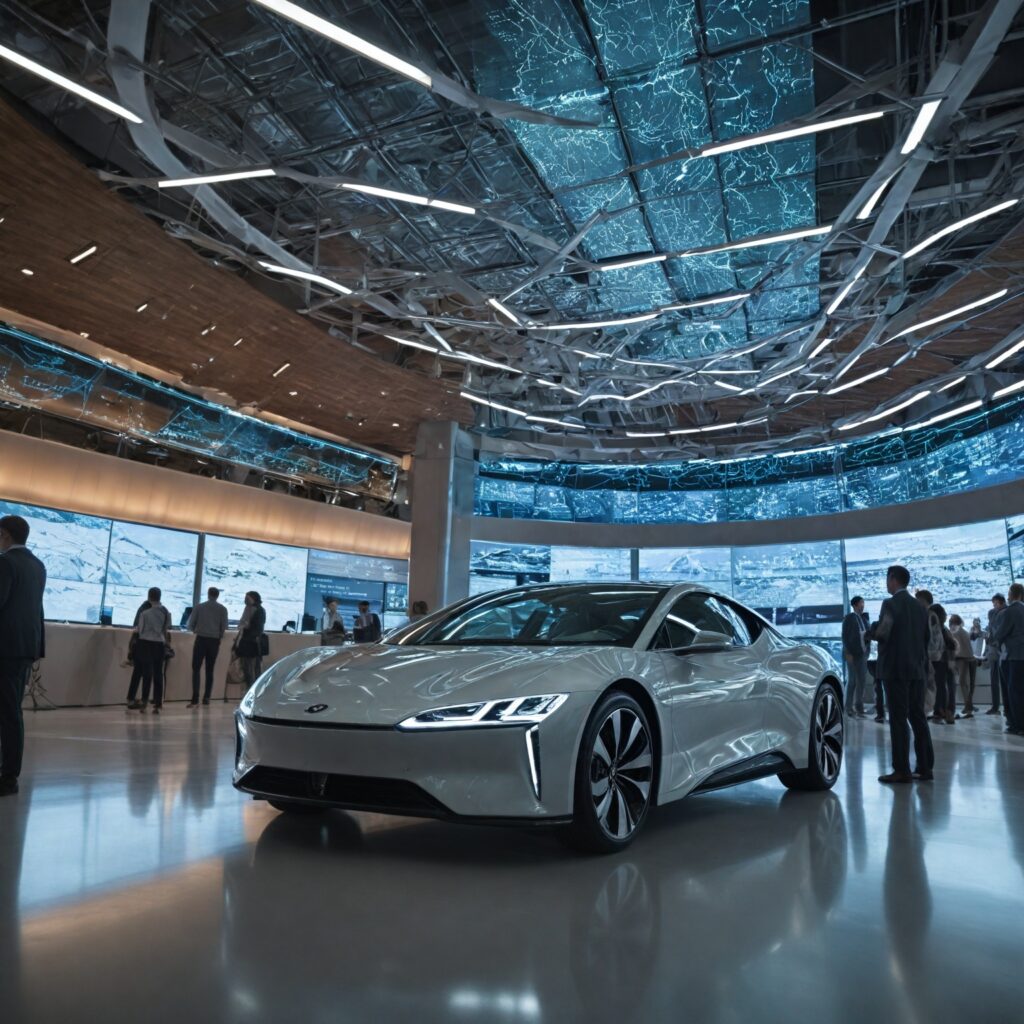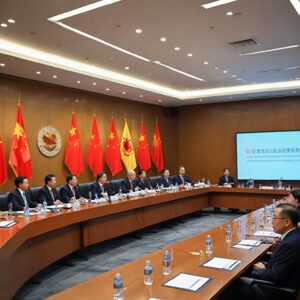
Highlights:
– India’s lithium-ion battery market to grow significantly in the next five years.
– Demand driven by electric vehicles, consumer electronics, and stationary storage.
– Challenges include import dependence and environmental risks.
Unlocking India’s Lithium-ion Battery Potential
India’s lithium-ion battery (LiB) market is poised for substantial growth in the coming years, fueled by increasing demand from various sectors such as electric vehicles, consumer electronics, and stationary storage solutions. A joint report by the India Cellular and Electronics Association (ICEA) and Accenture projects that the total demand for LiBs in India will reach 115 GWh by 2030, with electric vehicle-associated usage expected to grow at an impressive compound annual growth rate (CAGR) of 48%. This surge in demand aligns with India’s ambitious targets for clean energy adoption and Net Zero goals.
The report underscores the critical role Li-ion batteries play in India’s transition to a more sustainable energy landscape. As the country aims to ramp up its non-fossil electricity capacity and reduce emissions substantially by 2030, the growth in LiB production becomes pivotal. The government’s emphasis on boosting domestic cell manufacturing and addressing battery end-of-life challenges reflects a concerted effort towards achieving these objectives.
Meeting Demand Amid Challenges
Despite the promising growth outlook for India’s LiB market, the report also sheds light on key challenges that could impede progress. One major hurdle highlighted is the country’s heavy reliance on imports for crucial battery-active materials like lithium, cobalt, nickel, and manganese. The lack of local manufacturing capacities for Li-ion cells underscores the vulnerability of India’s supply chain to global market dynamics and geopolitical factors. This import dependence raises concerns about supply security and trade deficits, necessitating strategic interventions to bolster domestic production capabilities.
Moreover, the report emphasizes the importance of sustainable practices in managing the environmental impact of LiB usage. With accumulating end-of-life batteries posing a waste management challenge, initiatives like the Battery Waste Management Rules (BWMR) are crucial for promoting responsible disposal and recycling practices. Despite regulatory efforts, the report notes that there is still a significant gap in collecting end-of-life batteries from consumer electronics, indicating the need for enhanced enforcement and awareness campaigns.
Charting a Sustainable Path Forward
To ensure the sustainable growth of India’s LiB market and align with its climate commitments, a comprehensive approach is required. Balancing the scale-up of Li-ion battery production with mitigating import risks and environmental concerns is essential for achieving a resilient energy ecosystem. Collaborative efforts between industry stakeholders, policymakers, and environmental regulators are vital in implementing effective strategies for enhancing local manufacturing capacities, reducing import reliance, and promoting circular economy principles in battery management.
As India navigates its path towards a low-carbon future, how can innovative technologies and partnerships accelerate the development of a sustainable LiB ecosystem? What role can consumers play in supporting responsible battery disposal practices and driving awareness about the environmental impact of Li-ion batteries? In what ways can government incentives and policies further incentivize the localization of LiB supply chains and spur investments in advanced battery technologies?
Editorial content by Avery Redwood

















